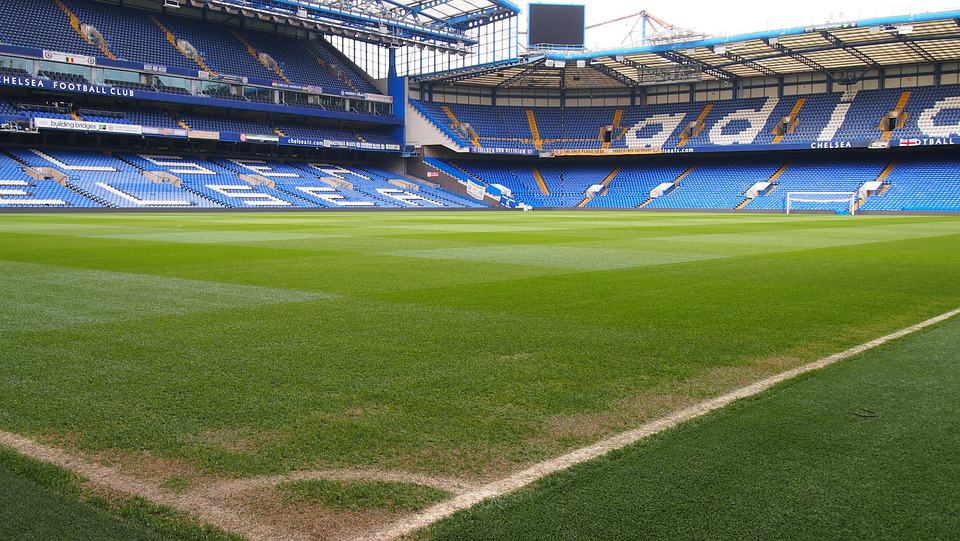What is Chelsea’s Transfer Strategy?

Since new American co-owner Todd Boehly arrived at Chelsea in May 2022, more than £400 million has been spent on bringing new players to the club. The question being asked here is, what is Chelsea’s transfer strategy, and how have they managed to avoid trouble with UEFA’s FFP (Financial Fair Play) governing body?
What is Financial Fair Play?
FFP (Financial Fair Play) Regulations is basically a spending limit or cap amount on what a club can spend during the course of one calendar year, which includes the cost of the player’s transfer fee, the wages that new arrival will receive, and any fees that go to the agent.
By putting a cap on a team’s spending, it should help that club not dig themselves into future financial problems. It also makes it fairer for other teams that aren’t as rich as the bigger, more successful clubs that are owned by billionaires. It’s essentially about spending less money than the club actually generates
In 2023, the capped upper limit means that clubs can only spend up to a maximum of 70% of their total revenue on transfer fees/players’ wagers.
Where can I bet on upcoming Chelsea matches?
If you’re looking to place a wager on any upcoming Chelsea Premier League or Champions League matches, one of the most trusted sites you can turn to with a wide range of markets and competitive odds is the official Unibet site.
It’s free to sign up to, and there’s a guaranteed sign-up bonus for all new players. To help you place more strategic bets, you may want to consider giving the useful Unibet bet calculator a try, which is straightforward to use with a very intuitive interface.
Which new players have Chelsea recently bought, and how much money have they spent?
Some of the biggest stars that Chelsea has signed in recent months are the following players:
- Mykhaylo Mudryk – a left winger from Shakhtar Donetsk for a reported fee of €70 million
- Wesley Fofana – a centre-back from Premier League rivals Leicester City for a reported fee of €80.40 million
- Marc Cucurella – a left-back from Brighton for a reported fee of €65.30 million
- Raheem Sterling – a left-winger from Manchester City for a reported fee of €56.20 million
- Kalidou Kooulibaly – a centre-back from Napoli for a reported fee of €38 million
- Pierre-Emerick Aubamayang – a centre-forward from Barcelona for a reported fee of €12 million
Honourable mentions
Some of the other new arrivals that Chelsea splashed anywhere from a few million up to around €20 million on included Joao Felix, David Datro Fofano, Gabriel Slonina, Andrey Santos, Carney Chukwuemeka, and Dennis Zakaria. The list goes on, and even more new players are expected to arrive over the coming weeks and months.
How have Chelsea managed to avoid trouble with UEFA’s FFP Regulation body?
Financial Fair Play is effectively your money coming in compared to your money going out, so Chelsea, for example, have made over half a billion on players they have sold in recent years. How Chelsea have been clever with their signings to avoid the wrath of the FFP body by creating multi-year contracts of six, seven, or even eight years per new signing.
In other words, it appears to the FFP body as though Chelsea have spread the cost over several years rather than spending all that money in one season. In effect, they have not broken any FFP rules, which is why they aren’t in any trouble. When you sell a player, that money instantly goes into the club’s calculations, but when they purchase a player, that money is spread out over the lifetime of that player’s multi-year contract.
However, this is still a gamble. Chelsea are currently sitting in 10th place in the Premier League, and if they don’t make it to the Champions League at the end of the 2022/23 campaign, they will lose out on a lot of money. Also, if they fail to win this year’s Champions League, that’s even more money they will miss out on.
